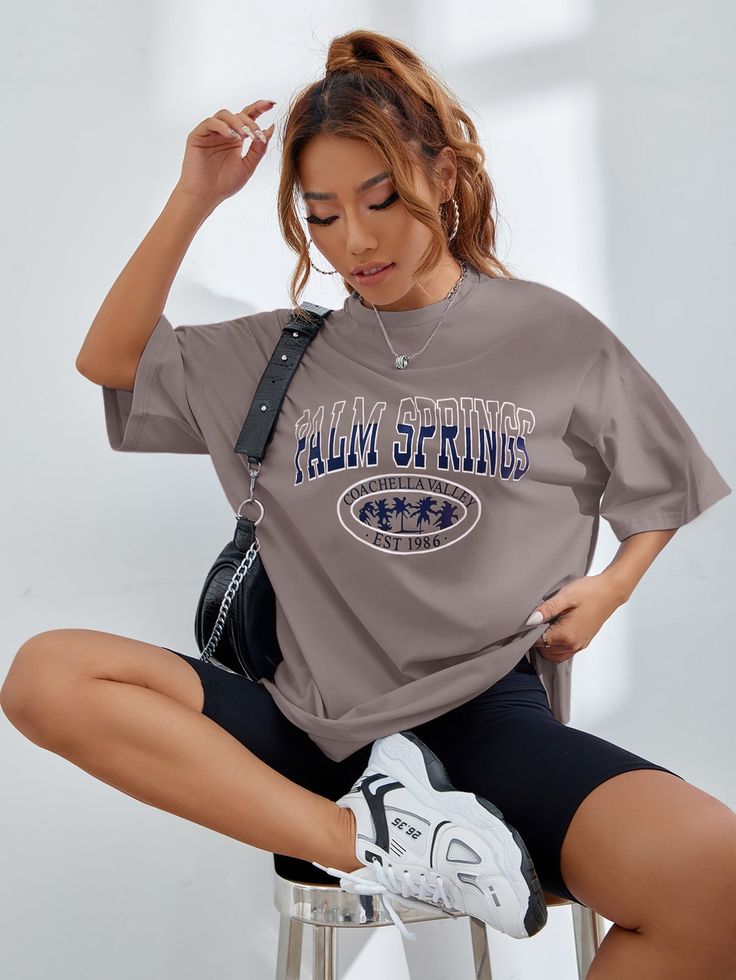
T-Shirts Made from Seaweed? The Next Frontier of Sustainable Fashion
The fashion industry is undergoing a transformative shift towards sustainability, with innovative materials leading the charge. One such groundbreaking development is the creation of T-shirts


